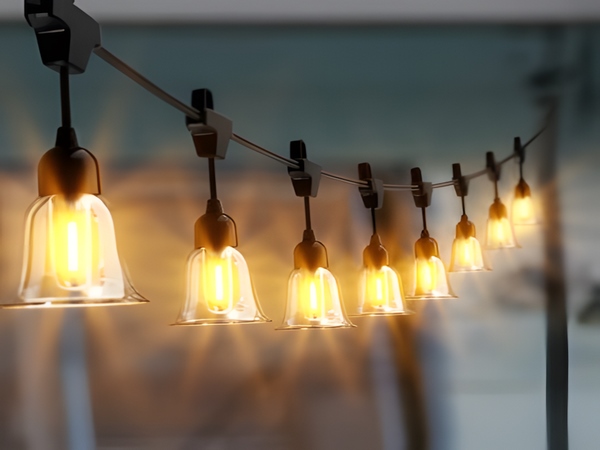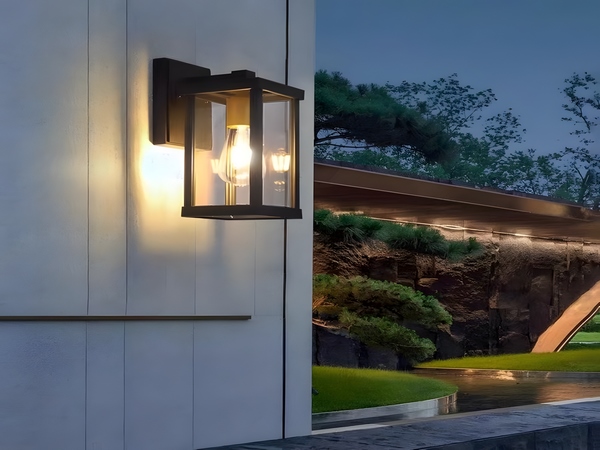
In today’s world of dwindling energy resources, energy conservation is everyone’s responsibility. In response to the call for energy-saving and emissions reduction, many streetlight manufacturers have replaced traditional high-pressure sodium lamps with solar streetlights in urban streetlight renovation projects. So what is the wiring sequence for the solar streetlight controller? Regarding this question, here is a detailed explanation.
The wiring sequence for the solar streetlight controller should be as follows:

First connect all load components (negative terminal), then connect the positive terminal of the gel battery and the solar light fixtures, and finally connect the positive terminal of the solar panel.
It is important to note that after connecting the gel battery, the idle indicator light on the solar controller will light up, followed by the discharge indicator light one minute later, and the load will turn on.
After connecting the solar panel, the solar streetlight controller will enter the appropriate working state based on the light intensity. If there is charging current from the solar panel, the charging indicator light on the solar controller will turn on, indicating that the solar streetlight is in charging mode. At this point, the entire solar streetlight system is functioning normally, and once the solar controller’s wiring is set up, it should not be altered arbitrarily. The working status of the entire solar streetlight system can be monitored via the working indicator lights on the solar controller.

Solar streetlight controllers can be divided into boost and buck controllers. Different configurations of solar streetlights require different combinations of light source wattages and controllers. Therefore, when purchasing, it is essential to confirm the specific configuration parameters with the solar streetlight manufacturer to avoid situations where the solar streetlight fails to illuminate due to controller issues.
This concludes our sharing on the wiring sequence for solar streetlight controllers, hoping that this article will be helpful to everyone. If you have any other questions about solar streetlights, feel free to reach out. We look forward to discussing with you!



